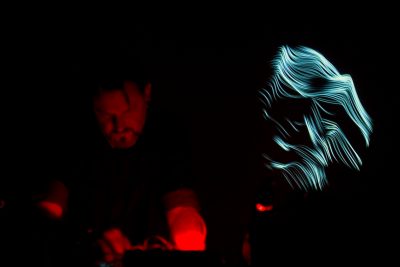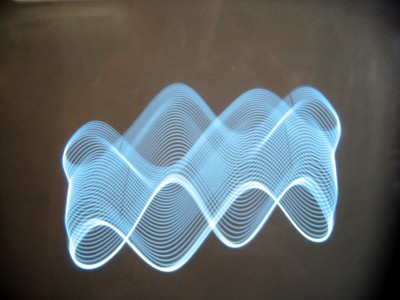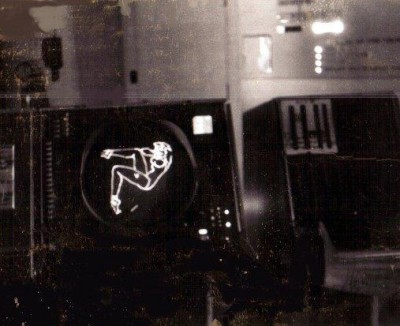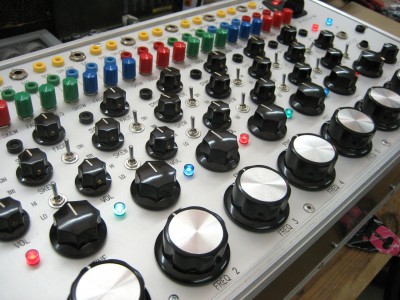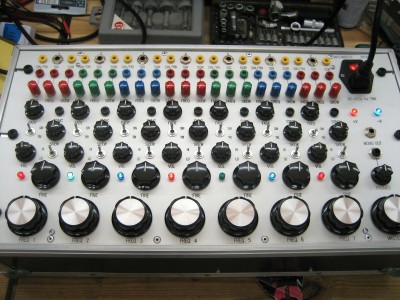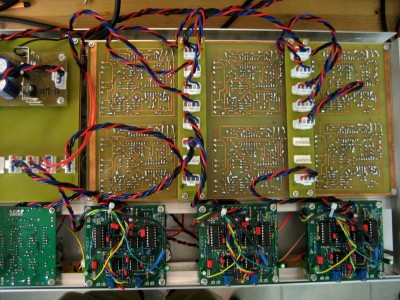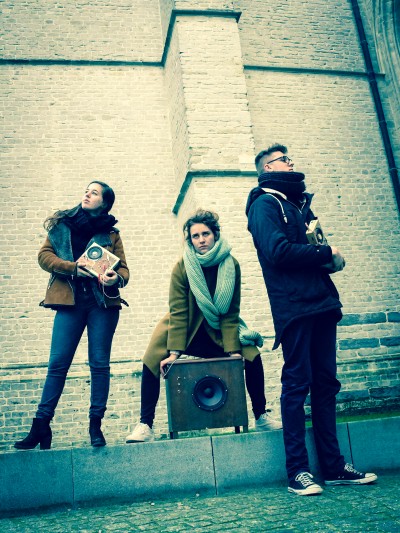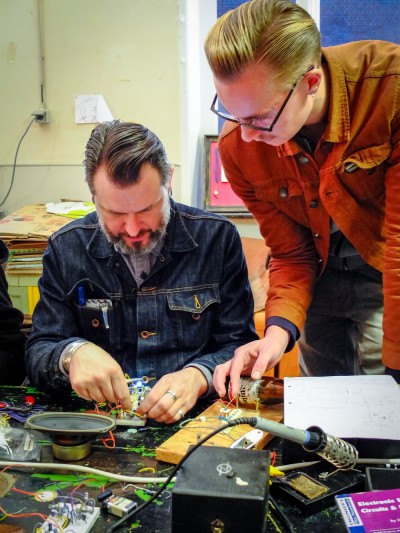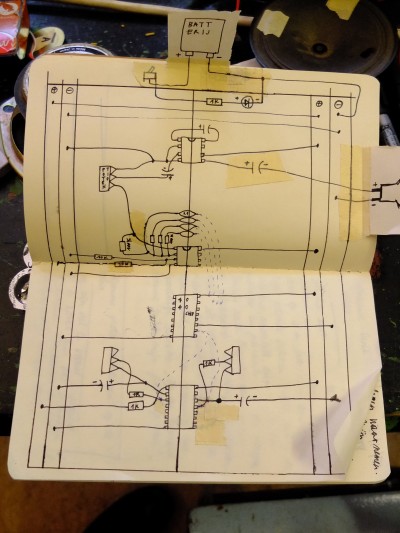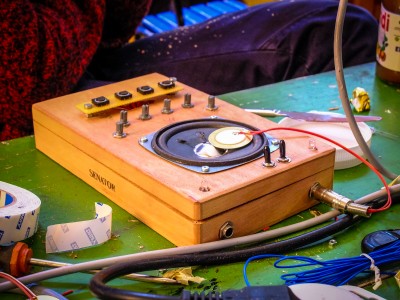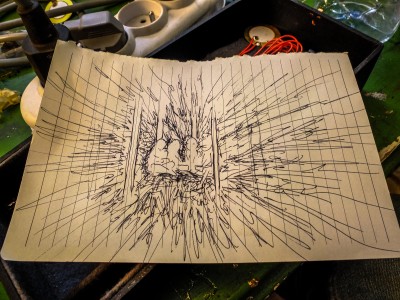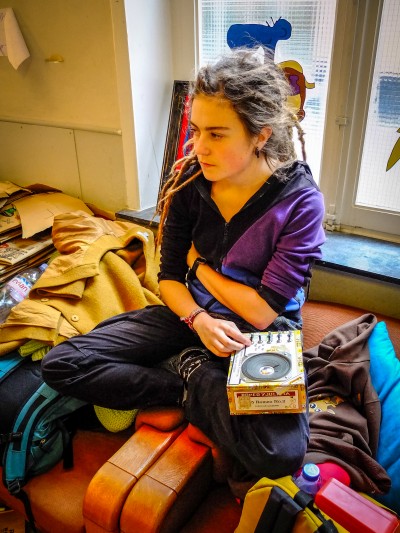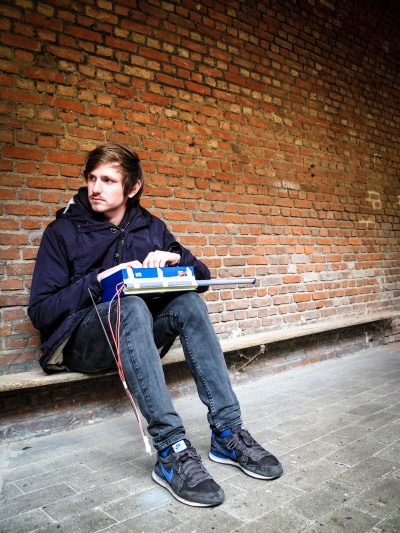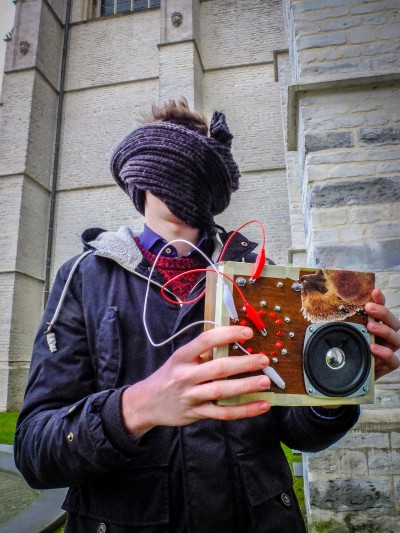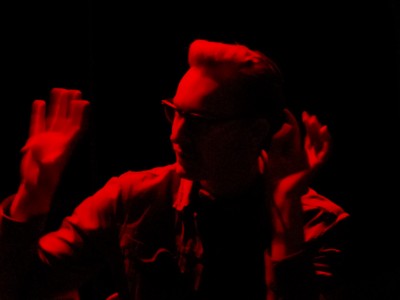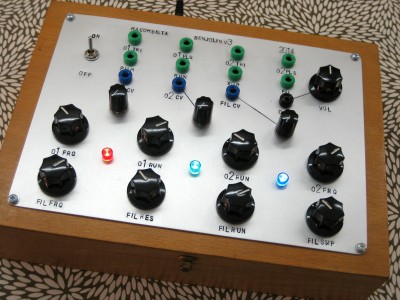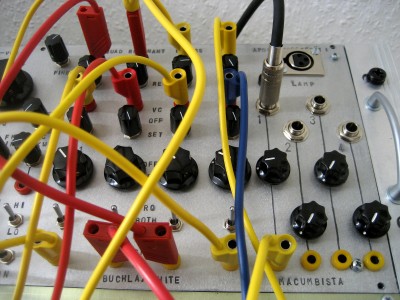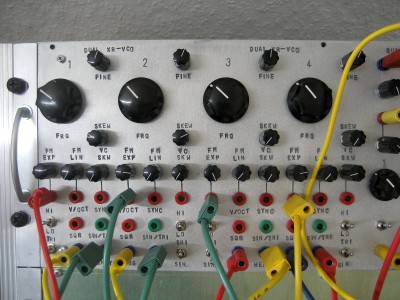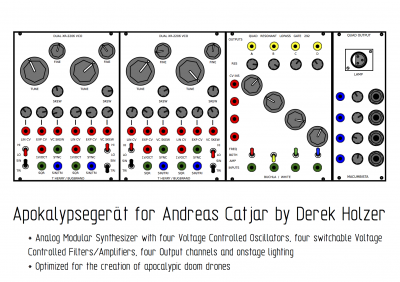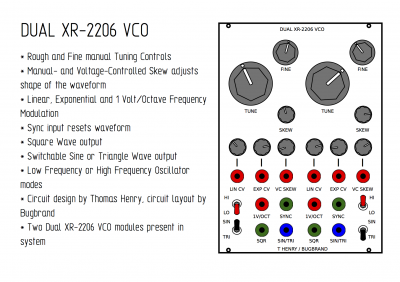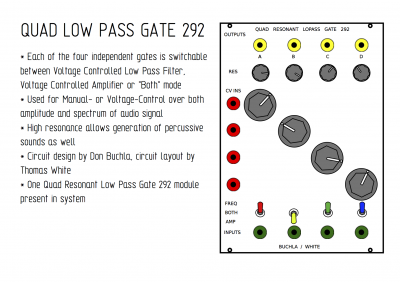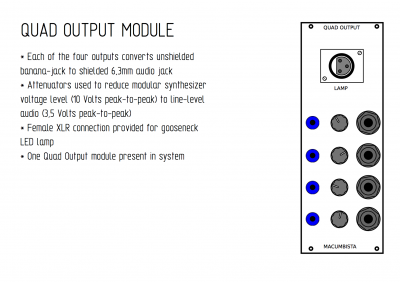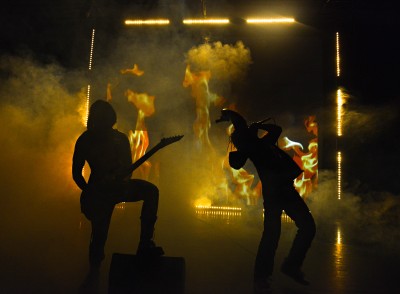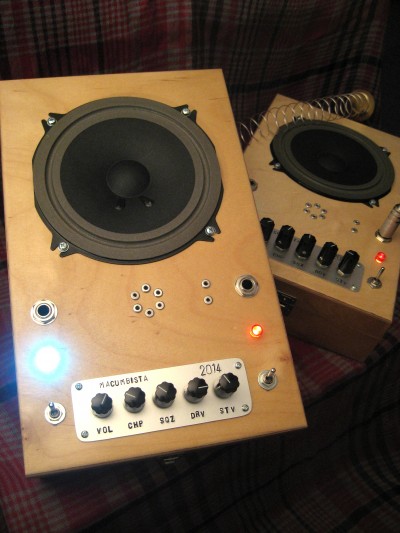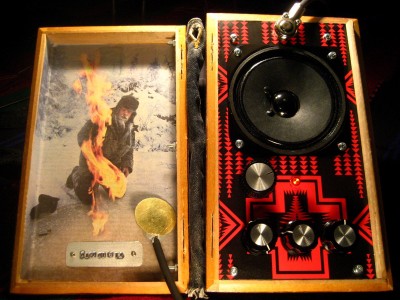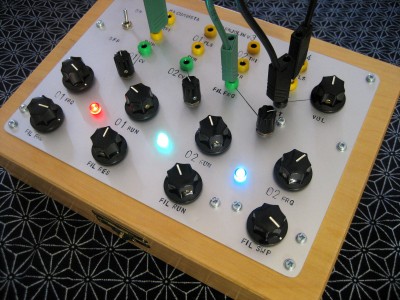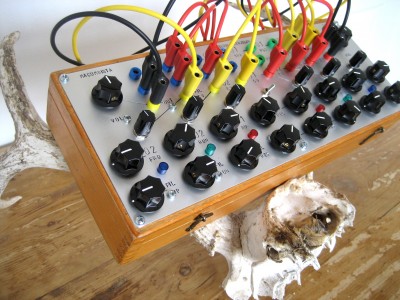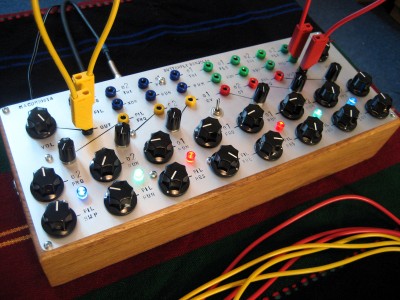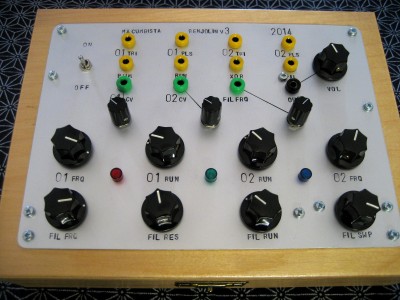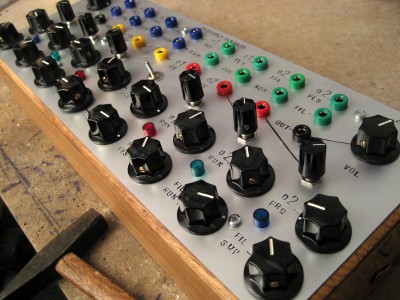Vector Synthesis Workshop Piksel
Posted in Announcement on December 28th, 2017 by adminDerek Holzer, Vector Synthesis workshop
Building: Piksel Studio 207, Bergen NO
Dates: 9-11 March 2018
Time: tba
All workshops are free entrance. To sign up send an email to:
prod(at)piksel(dot)no
VECTOR SYNTHESIS is an audiovisual, computational art project using sound synthesis and vector graphics display techniques to investigate the direct relationship between sound+image. It draws on the historical work of artists such as Mary Ellen Bute, John Whitney, Nam June Paik, Ben Laposky, and Steina & Woody Vasulka among many others, as well as on ideas of media archaeology and the creative re-use of obsolete technologies. Audio waveforms control the vertical and horizontal movements as well as the brightness of a single beam of light, tracing shapes, points and curves with a direct relationship between sound and image.
You can see several demo videos here:
http://macumbista.net/?page_id=5000
SOFTWARE
The Vector Synthesis library allows the creation and manipulation of 2D and 3D vector shapes, Lissajous figures, and scan processed image and video inputs using audio signals sent directly to oscilloscopes, hacked CRT monitors, Vectrex game consoles, ILDA laser displays, or oscilloscope emulation softwares using the Pure Data programming environment.
https://github.com/macumbista/vectorsynthesis
During this workshop, you will learn how to use a custom library in the Pure Data programming environment to directly control the vertical and horizontal movements, as well as the brightness, of a beam of light. You will then explore Lissajous figures, waveform representations, and other multiplexed, audio-driven visual shapes and forms which can be displayed and manipulated in real time on an XY oscilloscope, Vectrex game console, ILDA laser display, and other analog vector displays, or with oscilloscope emulating software directly on your laptop.
LINKS
http://macumbista.net/?page_id=4869
https://www.instagram.com/macumbista/
More info at: http://17.piksel.no/?p=72
Photo credit: Anders Børup
